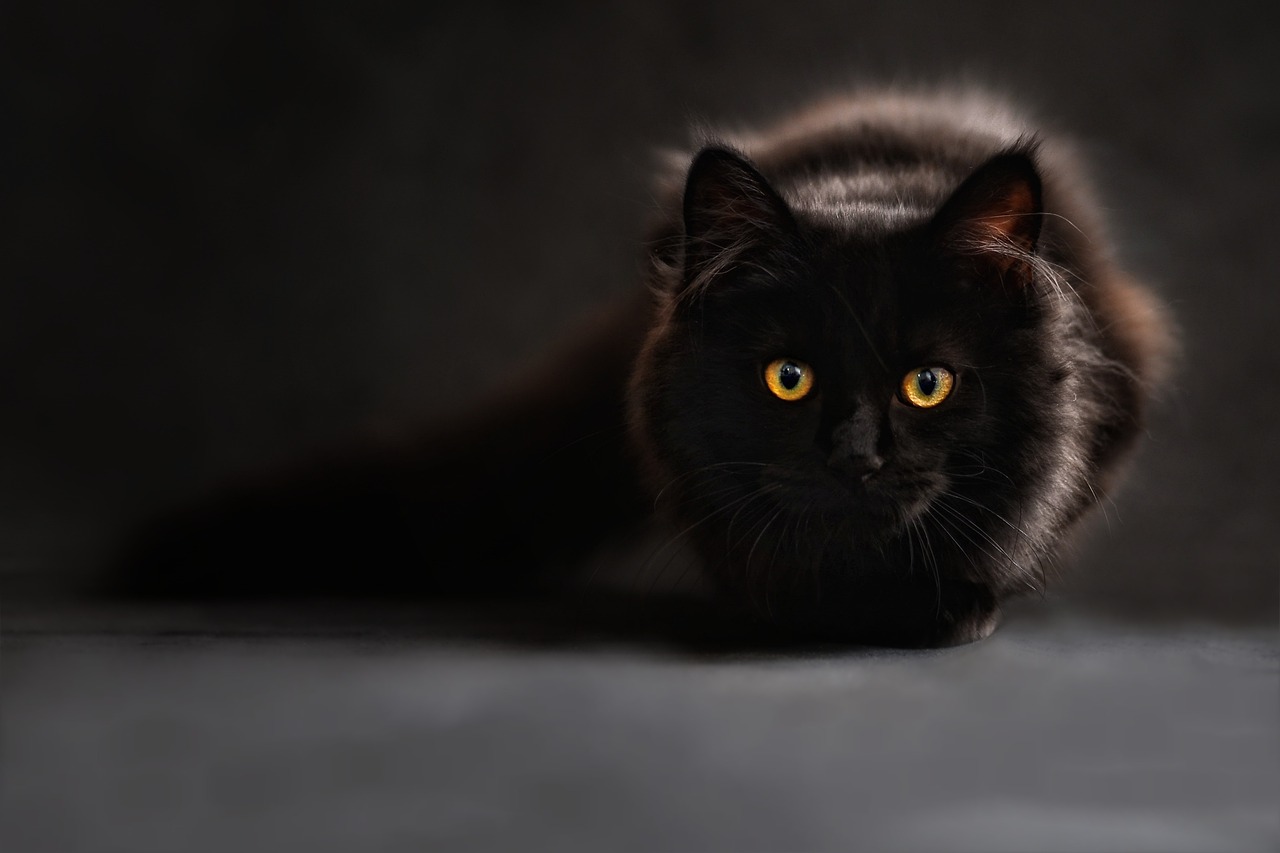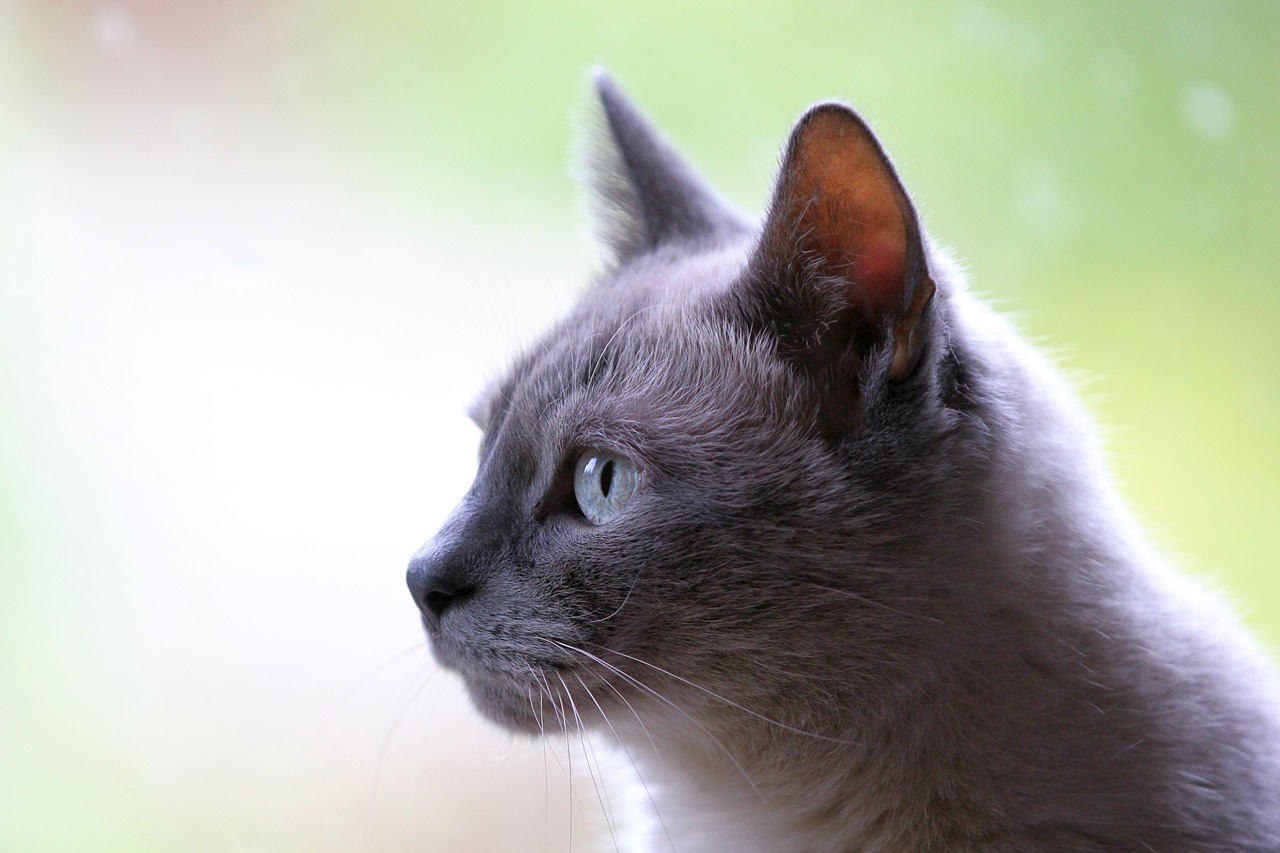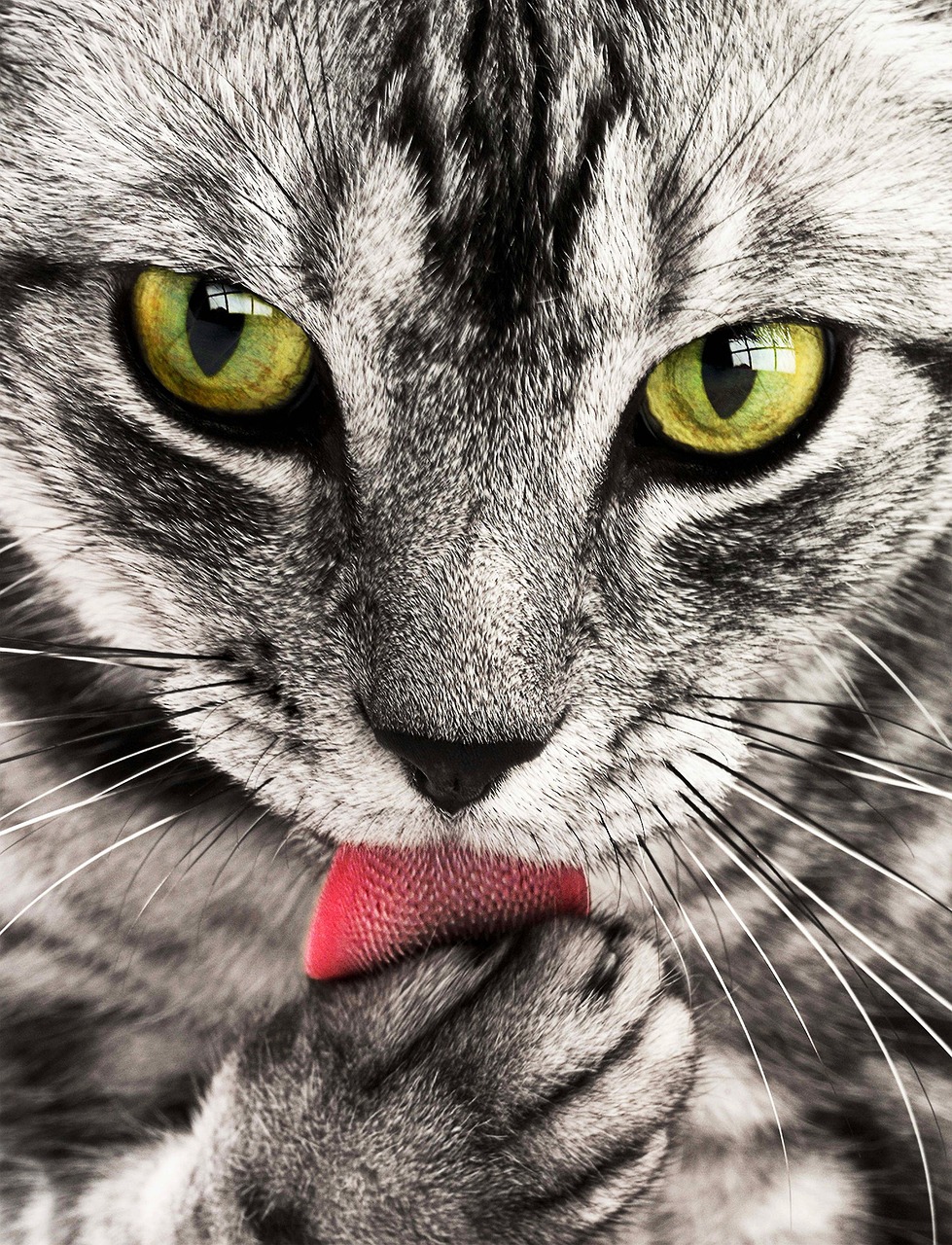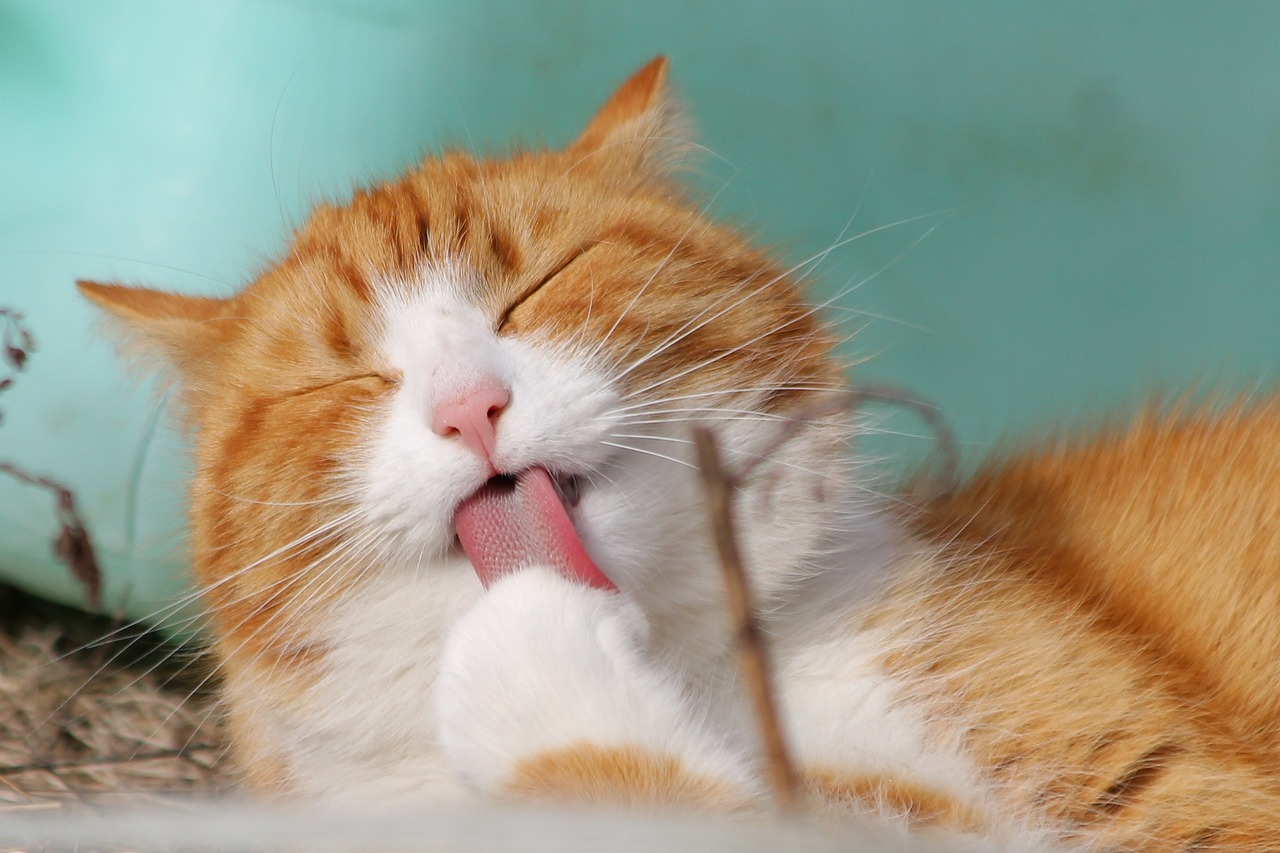Choosing the right cat for your family involves understanding the diverse personalities and traits of various breeds. The "Best Cat Breeds" cater to different lifestyles, preferences, and situations, making some particularly suited for families with children or those who have allergies. As you navigate the selection process, consider factors like energy levels, grooming needs, and social behaviors. By aligning these traits with your family’s lifestyle, you can ensure a harmonious relationship with your new feline friend while enhancing your home environment.
Understanding Different Cat Breeds
When it comes to choosing the Best Cat Breeds, understanding the various types is essential for finding the perfect companion for your lifestyle. Cat breeds vary significantly in terms of personality, physical characteristics, and care requirements. Here are some key points to consider:
Pedigree vs. Mixed Breed:
- Pedigree: Often bred for specific traits, these cats typically come from recognized bloodlines and include breeds like Persian, Siamese, and Maine Coon.
- Mixed Breed: Often healthier due to genetic diversity, these cats can exhibit a range of traits from multiple breeds.
Physical Traits:
- Size: Ranges from the tiny Singapura to the large Norwegian Forest Cat.
- Coat: Varies from short and sleek to long and fluffy, influencing grooming needs.
Temperament:
- Affectionate Breeds: Ragdolls and Burmese are known for their loving nature.
- Independent Breeds: Breeds like the Russian Blue may prefer solitude at times.
Activity Level:
- High Energy: Breeds like Abyssinian and Bengal thrive in active environments.
- Calm Breeds: Persian and British Shorthair are ideal for a quieter home.
By understanding the diversity among the Best Cat Breeds, you can make an informed decision that aligns with your preferences and family dynamics. Whether you seek a playful companion or a serene cuddle buddy, there’s a cat breed suitable for everyone!

Factors to Consider When Choosing a Cat
Selecting the best cat breeds for your family requires thoughtful consideration of several key factors. Here’s a breakdown of what to consider:
Lifestyle: Assess your daily routine and activity level. Are you often busy, or do you have time to play and bond with a cat? Different best cat breeds have varying needs for interaction and exercise.
Living Environment: Consider your home size and layout.
- Spacious homes can accommodate energetic breeds like the Bengal or Abyssinian.
- Smaller apartments may be suited for lower-energy breeds such as the British Shorthair.
Allergies: If you or family members have allergies, opt for hypoallergenic breeds. Notable options include the Siamese and the Balinese, known for producing fewer allergens.
Children and Other Pets: Families with young children should seek breeds praised for their gentle natures, like the Ragdoll or Maine Coon. Similarly, consider breeds that generally adapt well to other pets, such as the Burmese.
Maintenance Level: Different best cat breeds vary in grooming needs. For example, long-haired breeds necessitate regular brushing, whereas short-haired varieties like the American Shorthair require less upkeep.
By analyzing these factors, you can identify the best cat breeds that align with your family’s lifestyle and preferences, ensuring a harmonious and affectionate bond with your new feline companion.
The Personality Traits of Popular Breeds
When exploring the Best Cat Breeds, understanding their personality traits is crucial. Each breed brings its unique characteristics to the table, affecting how they fit into your home and family dynamic. Here are some popular breeds and their distinctive traits:
Siamese: Known for their vocal nature and social demeanor, Siamese cats thrive on interaction. They are affectionate and often form strong bonds with their owners.
Persian: These cats are gentle and laid-back, making them perfect for quieter households. They enjoy a relaxed environment and require regular grooming due to their long fur.
Maine Coon: One of the largest domestic breeds, Maine Coons are friendly and adaptable. They love companionship and can get along well with children and other pets.
Bengal: Bengals are energetic and playful. They require ample stimulation and enjoy interactive toys and games, making them ideal for active families.
Ragdoll: Ragdolls are calm and affectionate, often going limp when picked up. They enjoy being around people and can adapt to various living situations.
Comparison Table of Personality Traits
| Breed | Affection Level | Energy Level | Good with Kids | Grooming Needs |
|---|---|---|---|---|
| Siamese | High | High | Yes | Low |
| Persian | Medium | Low | Moderate | High |
| Maine Coon | High | Medium | Yes | Medium |
| Bengal | Medium | High | Yes | Low |
| Ragdoll | Very High | Low | Yes | Medium |
Choosing the Best Cat Breeds for your family hinges on understanding these personality traits. Each breed caters to different lifestyles, so consider what qualities resonate with you and your household.
Best Cat Breeds for Families with Children
Choosing the best cat breeds for families with children requires careful consideration of temperament, energy levels, and playfulness. Here are some top cat breeds that thrive in a family environment:
1. Maine Coon
- Temperament: Friendly and gentle
- Playful: Enjoys interactive play
- Size: Medium to large, sturdy build
2. Ragdoll
- Temperament: Affectionate and calm
- Playful: Loves being held and enjoys moderate activity
- Adaptability: Tolerates the hustle and bustle of a busy home
3. Abyssinian
- Temperament: Energetic and social
- Playful: Highly active, loves to explore and play
- Interaction: Thrives on interaction with children
4. British Shorthair
- Temperament: Easygoing and good-natured
- Playful: Enjoys gentle play without being overly energetic
- Calm: Stable mindsets make them ideal for families
Comparison Table
| Breed | Temperament | Playfulness | Size |
|---|---|---|---|
| Maine Coon | Friendly | High | Medium – Large |
| Ragdoll | Affectionate | Moderate | Medium |
| Abyssinian | Energetic | High | Medium |
| British Shorthair | Easygoing | Moderate | Medium |
When considering the best cat breeds for families, it’s crucial to match their personalities with your child’s temperament. These breeds not only bond well with children but also adapt to family life seamlessly, creating a loving and lively household atmosphere.

Best Cat Breeds for Allergies
If you or a family member suffers from allergies, selecting the right feline companion is crucial. Some cat breeds produce fewer allergens or are better suited for allergic households. Here are the Best Cat Breeds specifically known for being hypoallergenic:
- Siberian: Despite their long fur, Siberians are known to produce less Fel d 1 protein, a common allergen.
- Balinese: Referred to as the "long-haired Siamese," Balinese cats produce significantly lower amounts of allergens compared to others.
- Bengal: These active cats have fine coat hair that reduces the amount of dander they spread in your home.
- Oriental Shorthair: With their short, sleek fur, they require less grooming, which helps minimize shedding and dander.
- Devon Rex: The Devon Rex boasts a unique coat that requires minimal grooming and sheds less fur than traditional cats.
| Breed | Fur Type | Allergen Production | Maintenance Level |
|---|---|---|---|
| Siberian | Long | Low | Medium |
| Balinese | Long | Low | High |
| Bengal | Short | Low | Low |
| Oriental Shorthair | Short | Low | Low |
| Devon Rex | Short (curly) | Low | Low |
Choosing from these Best Cat Breeds can help create a harmonious home for allergy sufferers. Always consult with allergists or pet professionals to find the best fit for your household.
Low-Maintenance Cat Breeds for Busy Lifestyles
For those with a hectic schedule, finding a feline friend that fits your lifestyle is crucial. Fortunately, several Best Cat Breeds are known for their low-maintenance nature. These cats require less attention and grooming, making them ideal companions for busy individuals or families.
Top Low-Maintenance Cat Breeds:
British Shorthair
- Personality: Calm and independent
- Grooming: Minimal shedding and requires occasional brushing
American Shorthair
- Personality: Friendly and adaptable
- Grooming: Low shedding, easy to care for
Scottish Fold
- Personality: Gentle and affectionate
- Grooming: Short coat needs little maintenance
Russian Blue
- Personality: Reserved yet loving
- Grooming: Sheds minimally and only needs regular brushing
Sphynx
- Personality: Playful and affectionate
- Grooming: Requires regular baths but no fur maintenance
Key Benefits:
- Independent Nature: These breeds tend to entertain themselves, reducing the need for constant supervision.
- Grooming Ease: Most require infrequent grooming, which suits busy people.
- General Health: Many low-maintenance Best Cat Breeds possess robust health, often needing fewer vet visits.
In conclusion, if your lifestyle is filled with commitments, consider adopting a low-maintenance breed. They will provide companionship without overwhelming your schedule.
Energetic and Playful Breeds for Active Homes
When considering the Best Cat Breeds for an active household, it’s essential to focus on breeds known for their energy and playful nature. These cats thrive in environments where they can engage and entertain, making them perfect companions for families or individuals who lead dynamic lifestyles.
Key Features of Energetic Cats:
- High Energy Levels: These cats require regular playtime to stay stimulated.
- Interactive Personalities: They enjoy games and activities, often initiating play.
- Affectionate and Social: They tend to bond well with family members and other pets.
Top Energetic Breeds:
| Breed | Activity Level | Playfulness | Best for Families |
|---|---|---|---|
| Siamese | High | Very high | Yes |
| Bengal | Very High | High | Yes |
| Oriental Shorthair | High | High | Yes |
| Abyssinian | High | High | Yes |
| Turkish Van | High | Moderate | Yes |
Why Choose These Breeds?
- Siamese: Known for their vocal nature and strong bonds with humans, they are playful and require mental engagement.
- Bengal: They exhibit wild, athletic behavior and enjoy climbing and jumping.
- Abyssinian: Their curiosity keeps them active, making them great for families who can provide ample interactive playtime.
In conclusion, if you’re looking to fill your home with energy and fun, the Best Cat Breeds listed above can form a lively and loving part of your family dynamic.

Calm and Affectionate Breeds for Seniors
When searching for the best cat breeds for seniors, calm and affectionate companions make for ideal choices. These breeds provide comfort, companionship, and a gentle demeanor, enhancing the quality of life for older adults. Below are some of the top breeds that match these qualities:
Ragdoll: Renowned for their laid-back nature, Ragdolls enjoy being held and are often affectionate lap cats. They are also less demanding and adapt well to quieter environments.
British Shorthair: This breed is known for its easygoing temperament. British Shorthairs enjoy moderate play but are equally content lounging around, making them perfect for a relaxed home.
Birman: Birmans are sociable and friendly, forming strong bonds with their owners. Their gentle demeanor and playful yet calm nature make them fantastic companions.
Scottish Fold: With their distinctive folded ears, Scottish Folds offer a loving presence. They thrive on companionship and enjoy spending time with their owners, which brings comfort to seniors.
Comparison Table of Calm Breeds
| Breed | Temperament | Affection Level | Maintenance Level |
|---|---|---|---|
| Ragdoll | Very Calm | High | Low |
| British Shorthair | Easygoing | Moderate | Low |
| Birman | Friendly | High | Low |
| Scottish Fold | Loving | Moderate | Low |
By selecting one of these best cat breeds, seniors can enjoy the warmth and companionship of a furry friend while benefiting from the calming influence these breeds provide.
Cat Breeds That Get Along with Other Pets
When considering the best cat breeds, compatibility with other pets is a key factor. Certain breeds possess temperament traits that foster peaceful cohabitation with dogs, rabbits, and even other cats. Here are some breeds known for their sociable nature:
- Ragdoll: Known for their gentle demeanor, Ragdolls tend to adapt well to various household environments, making them ideal companions for dogs and children alike.
- Birman: This affectionate breed enjoys company and displays tolerance towards other pets, creating a harmonious atmosphere.
- Maine Coon: Dubbing them "gentle giants," Maine Coons are playful and friendly, often getting along well with different species in the home.
- Sphynx: Their quirky, sociable personality makes them great companions for other animals, as they seek attention and interaction.
- Burmese: Energetic and affectionate, Burmese cats bond easily with other pets, showing little aggression.
Comparison Table of Compatible Cat Breeds
| Cat Breed | Compatibility with Dogs | Tolerance to Other Cats | Energy Level |
|---|---|---|---|
| Ragdoll | High | Moderate | Low |
| Birman | Moderate | Moderate | Low |
| Maine Coon | High | High | High |
| Sphynx | High | Moderate | High |
| Burmese | High | High | High |
Choosing one of the best cat breeds that provides a friendly disposition will result in a harmonious household where all pets thrive together.
How to Prepare Your Home for a New Cat Breed
Bringing home a new feline friend is an exciting adventure! To ensure a smooth transition for your new cat, consider taking the following steps:
Create a Safe Space:
- Select a quiet area in your home where your cat can feel secure.
- Equip this space with essentials such as a litter box, food and water dishes, and cozy bedding.
Cat-Proof Your Home:
- Remove any hazardous items, including toxic plants, small objects that can be swallowed, or cords that can be chewed.
- Ensure windows and balconies are secure to prevent unwanted escapes.
Stock Up on Supplies:
- Purchase necessary items such as:
- Litter box and litter.
- Cat food tailored to your cat’s age and breed.
- Scratch posts and toys for engagement.
- Purchase necessary items such as:
Introduce Family Members Gradually:
- Allow your new cat to meet each family member one at a time to reduce anxiety.
- Supervise interactions, especially with young children or existing pets.
Establish a Routine:
- Keep feeding, playtime, and litter box cleaning consistent to help your cat adjust more easily.
- Familiarity with routines can significantly ease your new cat’s stress.
By preparing your home thoughtfully, you set the stage for a happy and healthy environment. Remember, choosing among the Best Cat Breeds starts with ensuring you create the best surroundings tailored to their needs.
Frequently Asked Questions
What are the most popular cat breeds for families?
When considering the best cat breeds for families, some of the most popular options include Siamese, Ragdoll, Maine Coon, and Burmese. Siamese cats are known for their affectionate nature and strong bond with their owners, making them excellent companions. Ragdolls are gentle giants that often enjoy being held and cuddled. Maine Coons are friendly and good-natured, often getting along well with children. Burmese cats are playful and social, adding joy to any family atmosphere.
How do I choose the right breed for my lifestyle?
Choosing the right cat breed for your lifestyle involves assessing your living situation, activity level, and family dynamics. For active families, breeds like Abyssinians or Bengal cats are energetic and thrive on interaction. If you have a quieter home, consider breeds like the British Shorthair or Persian, which often appreciate a more calm environment. Additionally, consider any allergies or grooming preferences, as some cats require more maintenance than others.
Are there hypoallergenic cat breeds?
Yes, there are several cat breeds that are considered hypoallergenic, meaning they produce fewer allergens that can trigger reactions in sensitive individuals. Notable hypoallergenic breeds include the Siberian, Balinese, and Bengal. While no cat is completely allergen-free, these breeds are known to generate lower levels of Fel d 1, a primary allergenic protein found in cat saliva and skin. Individuals with allergies may still want to spend time with a breed prior to adoption to assess their reaction.
What are the grooming needs for different cat breeds?
Grooming needs vary significantly among cat breeds. Long-haired breeds such as Persians and Maine Coons require regular grooming to prevent matting and tangles, typically at least two to three times a week. Short-haired breeds, like British Shorthairs or American Shorthairs, require less frequent grooming, perhaps once a week, to remove loose hair and reduce shedding. Additionally, all cats benefit from regular dental care and nail trimming, regardless of their breed.
How do I handle introducing a new cat to my home?
When introducing a new cat to your home, it’s crucial to take things slowly to reduce stress for both the new cat and your existing pets. Begin by keeping the new cat in a separate room, allowing them to acclimate to their surroundings. Gradually introduce scents by swapping bedding or toys. After a few days, facilitate supervised meetings while watching their behavior closely. Over time, increase their interactions, rewarding positive behaviors with treats, until they can comfortably coexist.



